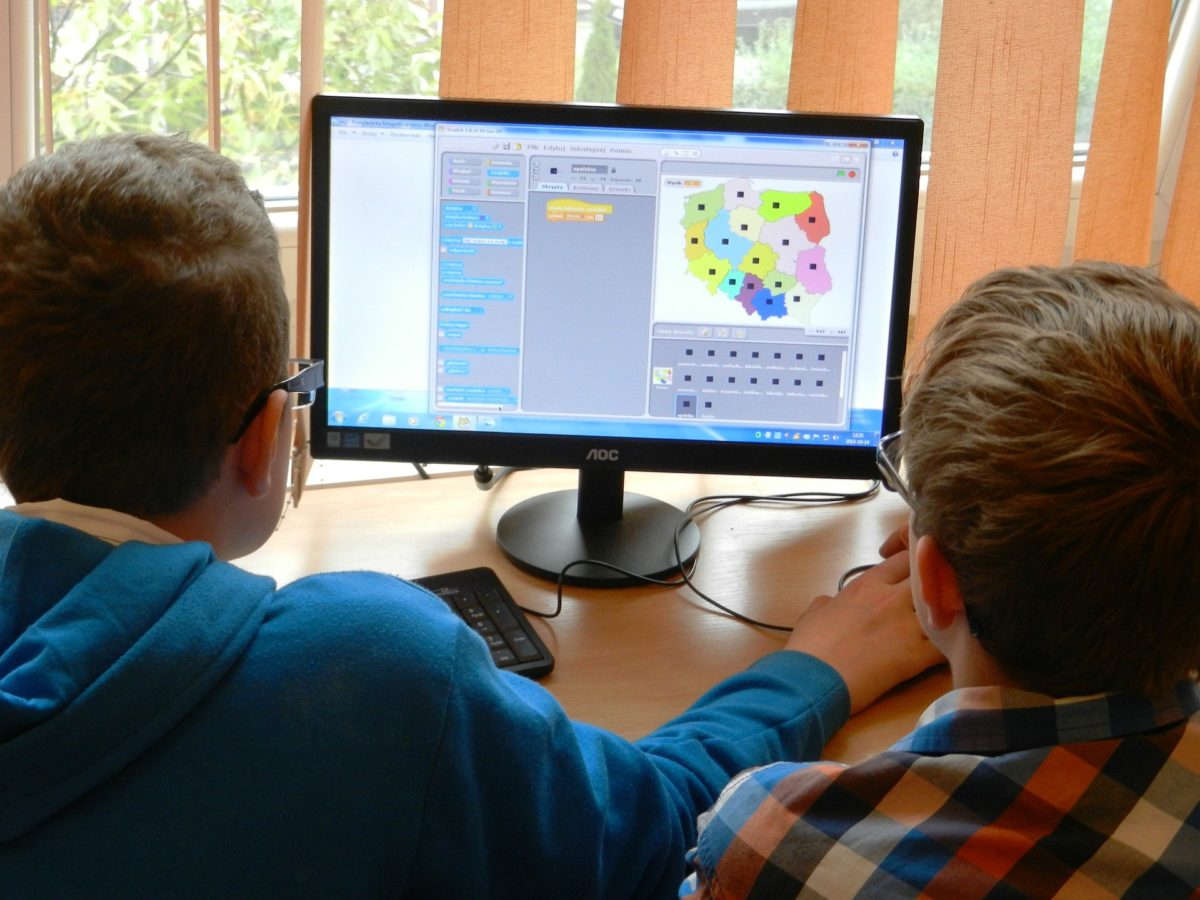Growing up poor requires ingenuity, especially when it comes to maintaining expensive equipment like cars, which enable us to get to work. When a car broke down, a mechanic was a luxury not easily (or at all) affordable. My father taught himself rudimentary mechanics by watching others fix cars, and by tinkering in a car when something went wrong. Trial and error was a big component of learning to fix what was broken in order to make an essential machine run. It was a simple equation in our household: if the car didn’t run, my father couldn’t get to work, and he didn’t get paid. It was tinkering born of necessity, but nonetheless, it solved a problem with far reaching consequences.
Tinkering
Tinkering is not new, and it does not require formal education to do it. Yet, we have grown so accustomed by our modern conveniences, that tinkering has been practically bred out of existence. There is nothing wrong with modern convenience, but there is an inherent culture that has developed as a consequence of that. The culture of the entitled and disinterested observer.
In some ways, technology has made this culture of oppression possible. Computers have now taken over the task of drilling students with computer assisted programs. Quizzing apps are now babysitting students during down time in the classroom. While these programs are an algorithmic marvel, they do not allow tinkering, expression of creativity, problem solving, or genuine, higher order thinking. They oppress learning.
Technology of Hope
However, there is hope.
Tinkering has not disappeared. Teachers and librarians are at the forefront of a maker movement that is bringing it back. Design Thinking is changing the way students approach real world problems, and together, these two movements can enable the use of Technology of Hope.
Teachers who believe that students learn best by creating, producing, applying, doing, believe in Technology of Hope, not in Technology of Oppression. Technology cannot replace a teacher’s capacity to influence positive, lifelong learning behaviors, like tinkering, and it never will. By promoting a culture that employs a Technology of Hope, today’s digitally engaged instructors can
- encourage students to curate digital sources that describe a real world issue of interest to them (such as in Pinterest);
- provide spaces for students to create multimedia infographics or visuals that outline a process for solving a particular problem (such as in Canva);
- engage students in online boards to brainstorm ideas collaboratively using Design Thinking processes to analyze a realistic situation (such as in Padlet); and
- connect students to students in other classrooms for discussion of a real world issue currently affecting them (such as through Skype).
Therefore, Technology of Hope is a means to leverage the power of digital engagement that all educators have. It gives students the skills to make this world a place where our current problems will have solutions. This is the power an educator has as a digital engager: to connect school tasks to the real world, to tinker with ideas and processes, and to extend conversations outside their classroom walls.
Please comment below to extend the conversation on Technology of Hope, or Ask a question to influence the next post.

